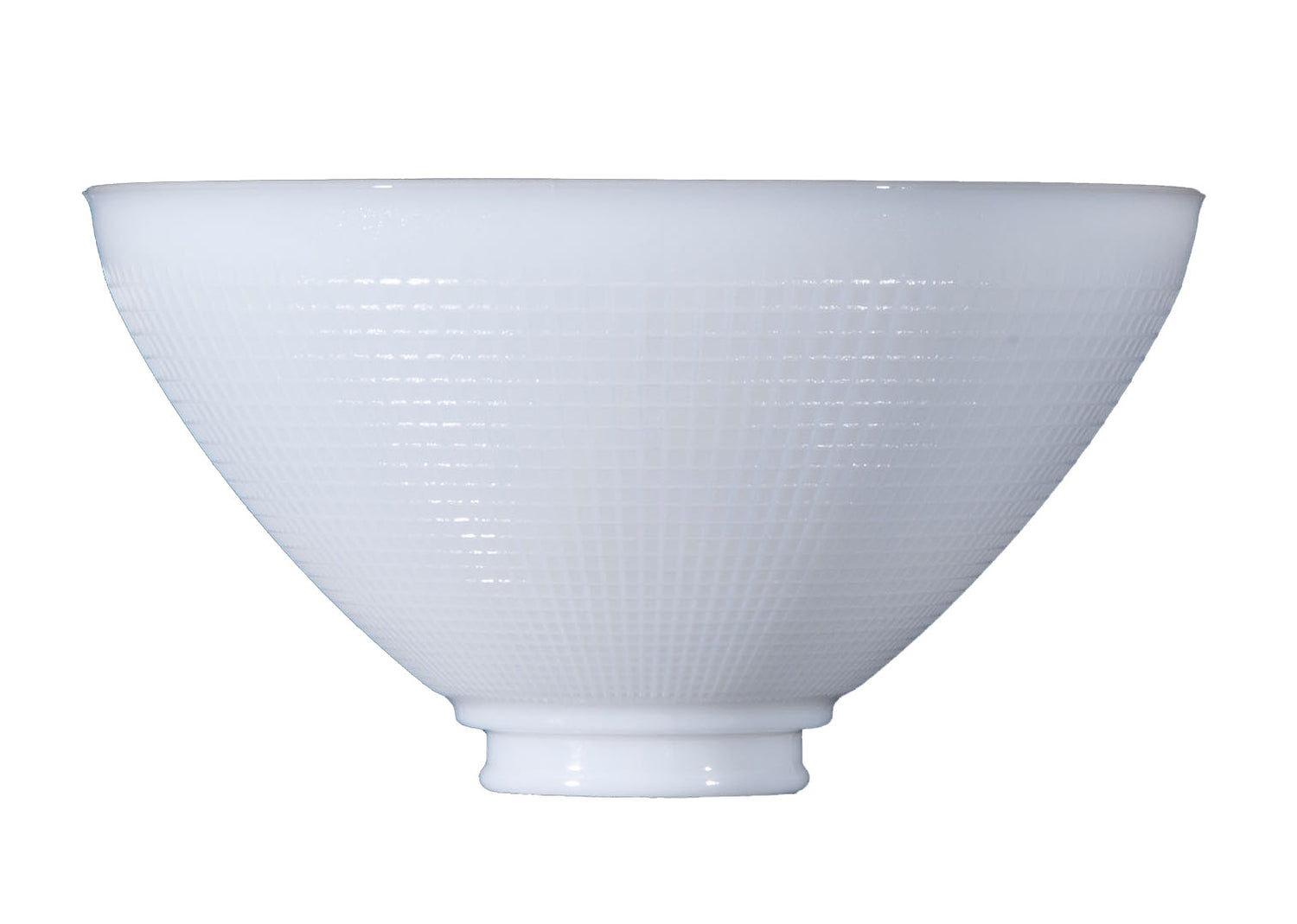Type of Oil Used in Oil Lamps
Oil lamps span a broad spectrum of shapes, sizes, and styles, but all of them come with certain safety concerns. Oil lamps require a precise form of fuel to illuminate efficiently and safely. As a rule of thumb, oil lamps burn about half of an ounce of oil per hour. Some oils burn faster than others, but we recommend that you keep your oil lamps halfway full for optimal burning. In this guide, we take a closer look at the type of fuel used in oil lamps, as well as what types of fuel were used in olden lamps throughout the centuries. Keep reading to learn more.
Historical Look at Fuel Used in Oil Lamps
Most homes relied on lamps that were fueled by fat, camphene, or whale oil. However, oil refineries were abundant by the start of the Civil War, with oil wells producing kerosene in areas such as Pennsylvania and Northwest Ontario. Clean-burning kerosene went on to become a coveted solution for lighthouses, locomotives, ships, streets, and much more. However, kerosene eventually fell victim to the innovation of electric lighting. Although we often think of these lamps with nostalgia, they are still used for emergencies and in lieu of candles or electric light fixtures. Understanding what oils are appropriate to fuel your oil lamp is essential to safe practice.
Contemporary Oils and Organic Lamp Fuel
Lamp oil may seem like the logical choice in terms of fueling your oil lamp, but there are a wide variety of alternative fuels you can use for different results. Not all alternative fuels are suitable for antique kerosene and paraffin oil lamps.
Canola Oil: An oil that is derived from crushed rapeseed. Castor oil can be used as an organic lamp fuel; however, the presence of unsaturated compounds can cause the oil to form a resin that may cause the lamp's wick to clog.
Castor Oil: A vegetable-based oil that is derived from the castor bean, Ricinus communis. Castor oil biodegrades naturally to become a renewable energy source. Castor oil has been used as fuel in Egypt, India, and beyond.
Fish Oil: An oil that is derived from the tissues of oily fish. Fish oil was traditionally used to fuel lamps for centuries, but it does not burn very brightly and can become smoky in prolonged use.
Kerosene: A readily available and affordable form of refined oil that was discovered by medical doctor and geologist Abraham Gesner. In 1846, Gesner distilled coal to produce a clear fluid. He discovered that this clear fluid produced a bright yellow flame when used to power a traditional oil lamp. This yellow flame was much brighter than any flame produced by preceding oils, so he named this new liquid kerosene after the Greek word for "wax oil," "keroselaion.
Lamp Oil: A flammable hydrocarbon oil that is typically refined and purified to burn in an odorless, soot-free manner. Clear lamp oil is often labeled for purity and designed for indoor lamps. Colored lamp oils are suitable, but they could stain or discolor your lamp and its components. Scented lamp oils may become smoky while in use. Lamp oil slowly evaporates over time, so it is important to store your lamp oil with a properly fitting cap to ensure maximum shelf life.
Olive Oil: An odorless, smokeless renewable fuel that is a popular alternative to kerosene or lamp oil. Lampante oil is the lowest quality of virgin olive oils, and it is not fit for human consumption without being refined. Olive oil is not usually suitable for wick-type lamps, but you can retrofit an olive oil lamp on your own. Olive oil may be suitable for thick wicks because it does not burn until it reaches 550° F.
Palm Kernel Oil: A low-viscosity paraffin oil that is derived from the kernel of the oil palm, Elaeis guineensis. Sadly, palm kernel oil is rare due to the growing demand for renewable raw materials. Palm kernel oil is also odorless, non-toxic, non-flammable, and safe for homes with small children or pets.
Tips for Safely Fueling Your Oil Lamp
You should never use mineral oil, rubbing alcohol, or pure gasoline as fuel for an oil lamp. These materials can pose serious health hazards from vapors and aromatics that are released when they are burned. Improper use of fuel can lead to respiratory illnesses, fire, or explosion. You should also never use acetone, propane, turpentine, household cleaners, or other highly ignitable substances to fill your oil reservoir. If you have any questions about this article or would like to learn more about our lamp part replacement selection, please contact us today for more information.
Additional Resources
More information about lamp oils can be read at "How to Choose a Safe and Efficient Fuel for your Kerosene Lamp or Lantern".

